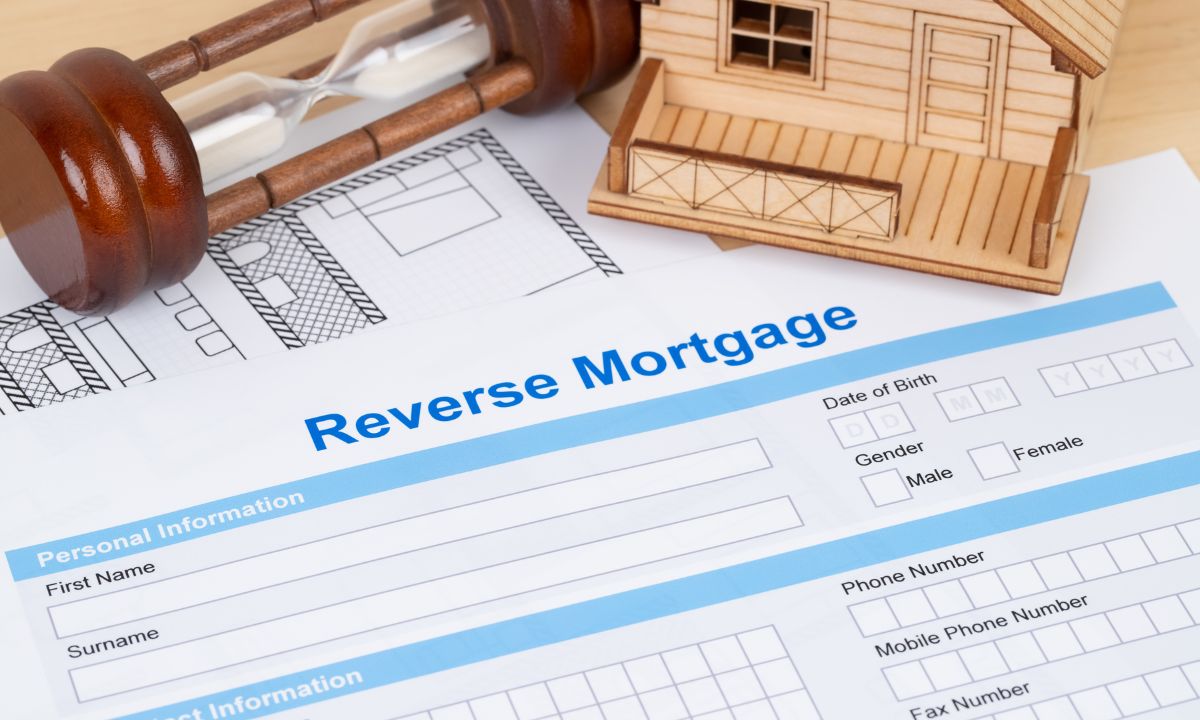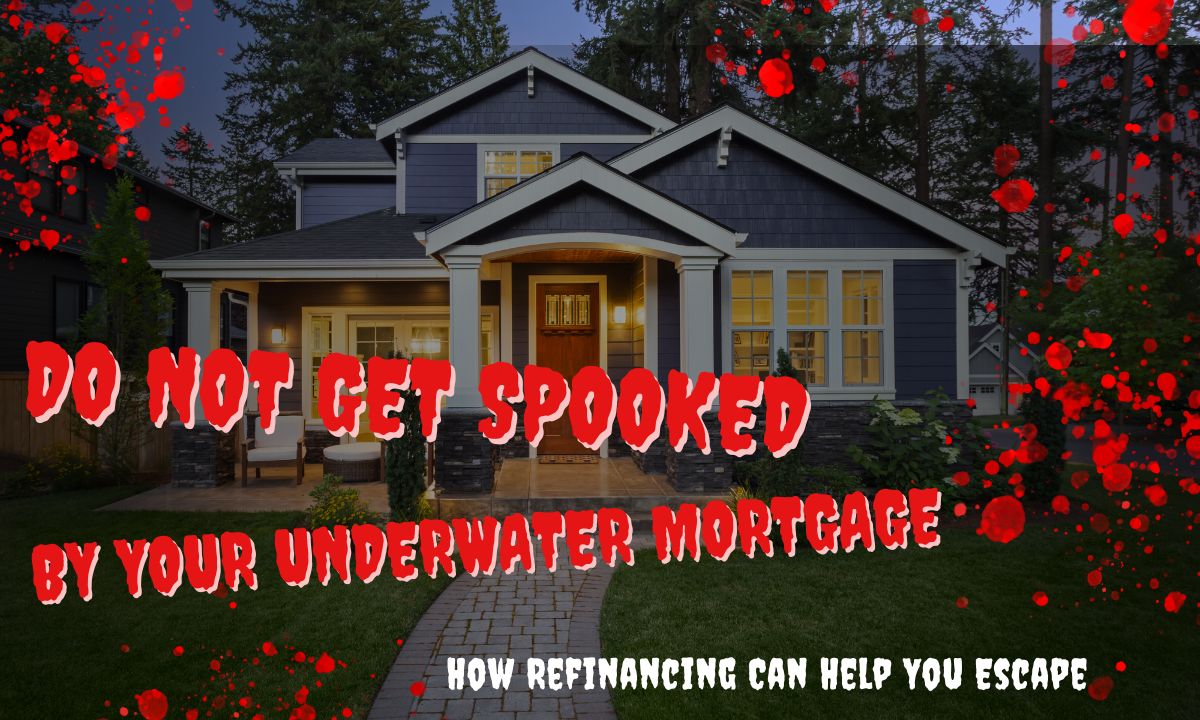
This week, the Federal Reserve’s preferred inflation data was released, and the results met expectations. This, along with recent GDP estimates, employment reports, and personal income/spending figures, paints a stable economic picture. It suggests that we may be on track for the Federal Reserve’s next round of rate cuts. The Federal Reserve has consistently stated its 2% inflation target and current figures show inflation at 2.1%. This indicates that a ‘soft landing’ for the economy could be within reach.
PCI Index
Prices in the U.S. rose modestly in September, but not enough to suggest inflation is rekindling or to prevent the Federal Reserve from cutting interest rates. The Fed’s preferred PCE index moved up 0.2% last month, the government said Thursday. That matched the forecast of economists polled by The Wall Street Journal.
The increase in inflation in the past 12 months slowed to 2.1% from 2.3%, leaving it just a hair above the Fed’s 2% target.
Consumer Spending
Consumer spending and incomes both rose in September, signaling continued strength in the primary driver of the U.S. economy. Household spending increased by a solid 0.5% for the month, surpassing the 0.4% rise economists had anticipated in a Wall Street Journal poll. Incomes also grew by 0.3% in September. Overall, consumer spending surged by 3.7% in the third quarter, marking the largest increase in a year and a half.
GDP (Estimates)
The U.S. grew at a brisk 2.8% annual pace in the third quarter, powered by another sharp increase in consumer spending that appears primed to extend a four-year-old economic expansion into next year.
Primary Mortgage Market Survey Index
- 15-Yr FRM rates saw an increase of 0.28% with the current rate at 5.99%
- 30-Yr FRM rates saw an increase of 0.18% with the current rate at 6.72%
MND Rate Index
- 30-Yr FHA rates saw a 0.26% increase for this week. Current rates at 6.62%
- 30-Yr VA rates saw a 0.26% increase for this week. Current rates at 6.64%
Jobless Claims
Initial Claims were reported to be 216,000 compared to the expected claims of 228,000. The prior week landed at 227,000.
What’s Ahead
Next week, the Federal Reserve is set to announce another rate decision, followed by several other important reports. These include final manufacturing figures from S&P Global PMI data, the University of Michigan Consumer Sentiment report, and Consumer Credit reports.
 If you have a reverse mortgage loan, you might be curious about your options for refinancing. The good news is that yes, you can refinance a reverse mortgage, and doing so may offer several benefits depending on your unique financial situation. We will provide a detailed overview of refinancing a reverse mortgage, including reasons to consider it, eligibility requirements, costs, and important considerations.
If you have a reverse mortgage loan, you might be curious about your options for refinancing. The good news is that yes, you can refinance a reverse mortgage, and doing so may offer several benefits depending on your unique financial situation. We will provide a detailed overview of refinancing a reverse mortgage, including reasons to consider it, eligibility requirements, costs, and important considerations. It’s Halloween season, and while it’s fun to enjoy spooky decorations and scary movies, there’s nothing fun about feeling haunted by your mortgage—especially if you owe more on your home than it’s currently worth. If you’re feeling trapped in an underwater mortgage, don’t let it send chills down your spine! Refinancing your mortgage can be the solution to break free, no matter how far underwater you are.
It’s Halloween season, and while it’s fun to enjoy spooky decorations and scary movies, there’s nothing fun about feeling haunted by your mortgage—especially if you owe more on your home than it’s currently worth. If you’re feeling trapped in an underwater mortgage, don’t let it send chills down your spine! Refinancing your mortgage can be the solution to break free, no matter how far underwater you are.